John Colarusso - Nart Sagas: Ancient Myths and Legends of the Circassians and Abkhazians
Here you can read online John Colarusso - Nart Sagas: Ancient Myths and Legends of the Circassians and Abkhazians full text of the book (entire story) in english for free. Download pdf and epub, get meaning, cover and reviews about this ebook. year: 2016, publisher: Princeton University Press, genre: History. Description of the work, (preface) as well as reviews are available. Best literature library LitArk.com created for fans of good reading and offers a wide selection of genres:
Romance novel
Science fiction
Adventure
Detective
Science
History
Home and family
Prose
Art
Politics
Computer
Non-fiction
Religion
Business
Children
Humor
Choose a favorite category and find really read worthwhile books. Enjoy immersion in the world of imagination, feel the emotions of the characters or learn something new for yourself, make an fascinating discovery.
- Book:Nart Sagas: Ancient Myths and Legends of the Circassians and Abkhazians
- Author:
- Publisher:Princeton University Press
- Genre:
- Year:2016
- Rating:3 / 5
- Favourites:Add to favourites
- Your mark:
Nart Sagas: Ancient Myths and Legends of the Circassians and Abkhazians: summary, description and annotation
We offer to read an annotation, description, summary or preface (depends on what the author of the book "Nart Sagas: Ancient Myths and Legends of the Circassians and Abkhazians" wrote himself). If you haven't found the necessary information about the book — write in the comments, we will try to find it.
In these colorful tales, women, not least the beautiful temptress Satanaya, the mother of all Narts, are not only fertility figures but also pillars of authority and wisdom. In one variation on a recurring theme, a shepherd, overcome with passion on observing Satanaya bathing alone, shoots a bolt of lust that strikes a rock--a rock that gives birth to the Achilles-like Sawseruquo, or Sosruquo. With steely skin but tender knees, Sawseruquo is a man the Narts come to love and hate.
Despite a tragic history, the Circassians, Abazas, Abkhaz, and Ubykhs have retained the Nart sagas as a living tradition. The memory of their elaborate warrior culture, so richly expressed by these tales, helped them resist Tsarist imperialism in the nineteenth century, Stalinist suppression in the twentieth, and has bolstered their ongoing cultural journey into the post-Soviet future.
Because these peoples were at the crossroads of Eurasia for millennia, their myths exhibit striking parallels with the lore of ancient India, classical Greece, and pagan Scandinavia. The Nart sagas may also have formed a crucial component of the Arthurian cycle. Notes after each tale reveal these parallels; an appendix offers extensive linguistic commentary. With this book, no longer will the analysis of ancient Eurasian myth be possible without a close look at the Nart sagas. And no longer will the lover of myth be satisfied without the pleasure of having read them.
Excerpts from the Nart sagas
The Narts were a tribe of heroes. They were huge, tall people, and their horses were also exuberant Alyps or Durduls. They were wealthy, and they also had a state. That is how the Narts lived their lives. . . .
The Narts were courageous, energetic, bold, and good-hearted. Thus they lived until God sent down a small swallow. . . .
The Narts were very cruel to one another. They were envious of one another. They disputed among themselves over who was the most courageous. But most of all they hated Sosruquo. . . . A rock gave birth to him. He is the son of a rock, illegally born a mere shepherds son. . . .
In a new introduction, folklorist Adrienne Mayor reflects on these tales both in terms of the fascinating warrior culture they depict and the influence they had on Greco-Roman mythology.
John Colarusso: author's other books
Who wrote Nart Sagas: Ancient Myths and Legends of the Circassians and Abkhazians? Find out the surname, the name of the author of the book and a list of all author's works by series.

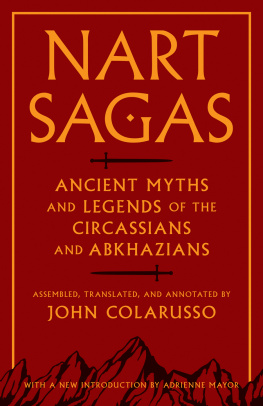
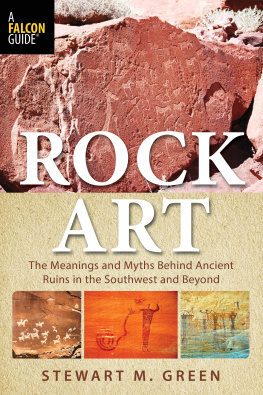
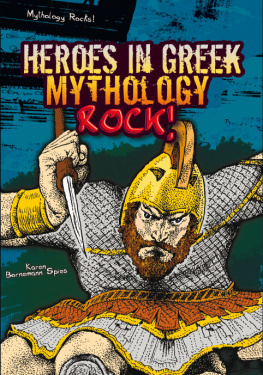
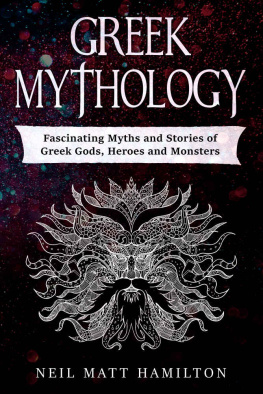


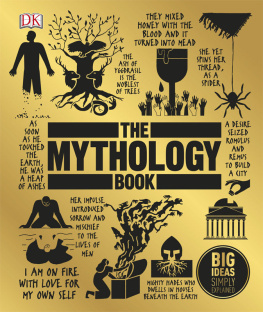
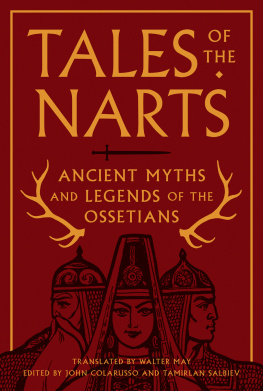
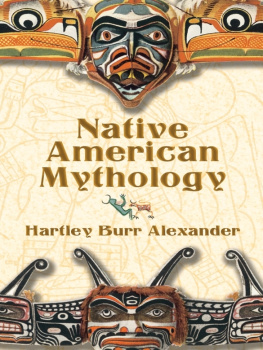
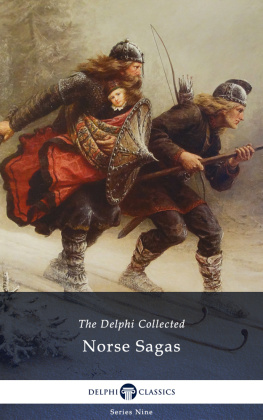
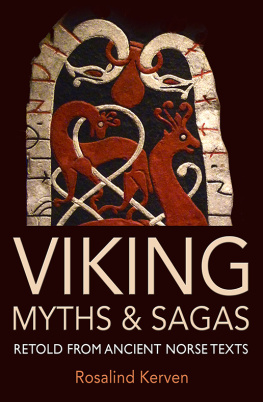
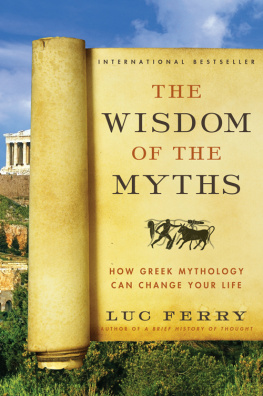


 ART SAGAS from the CAUCASUS
ART SAGAS from the CAUCASUS